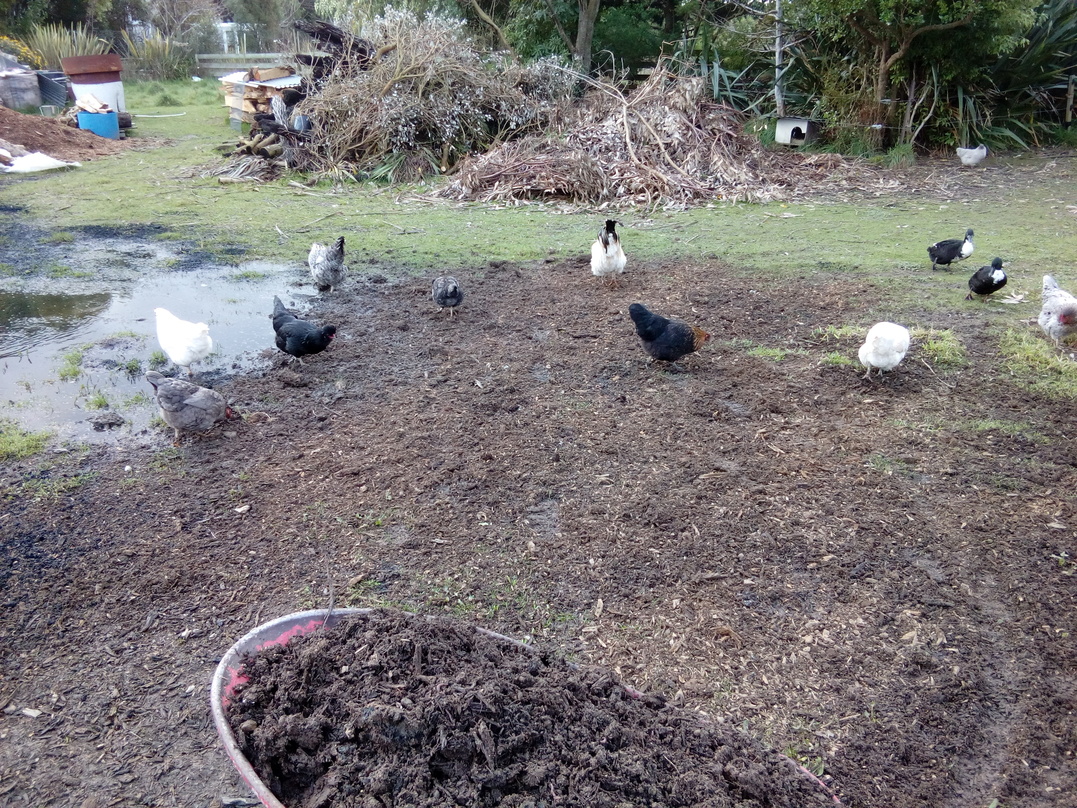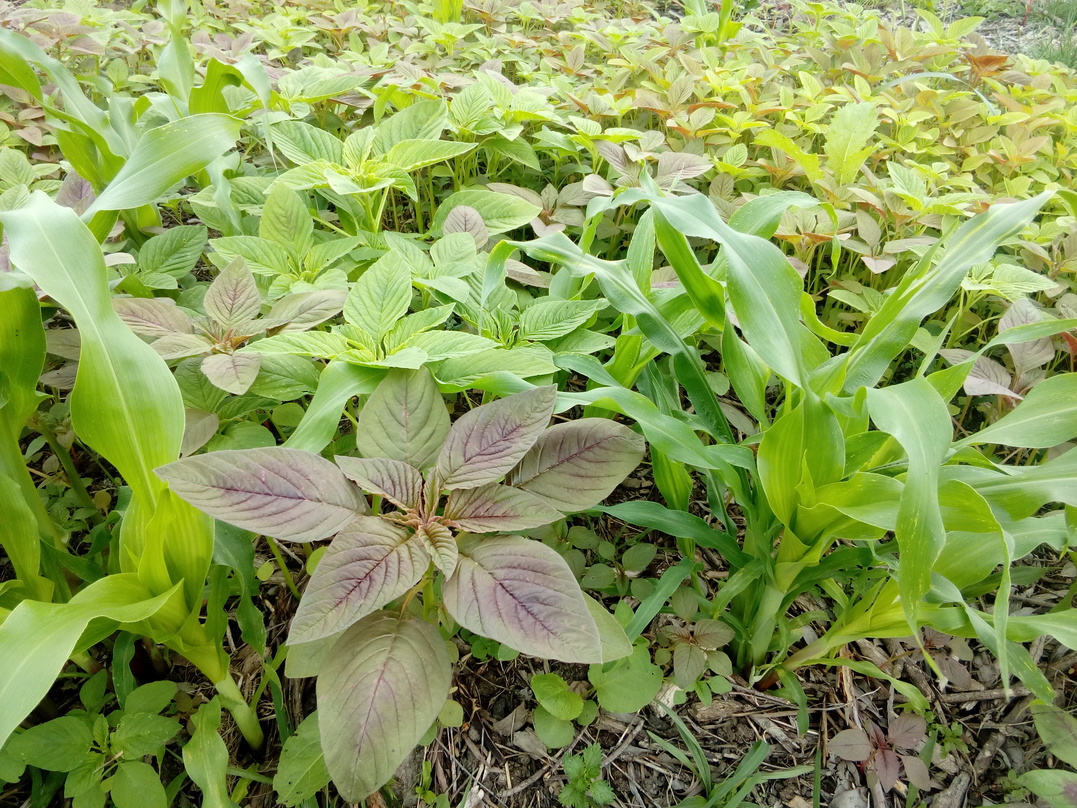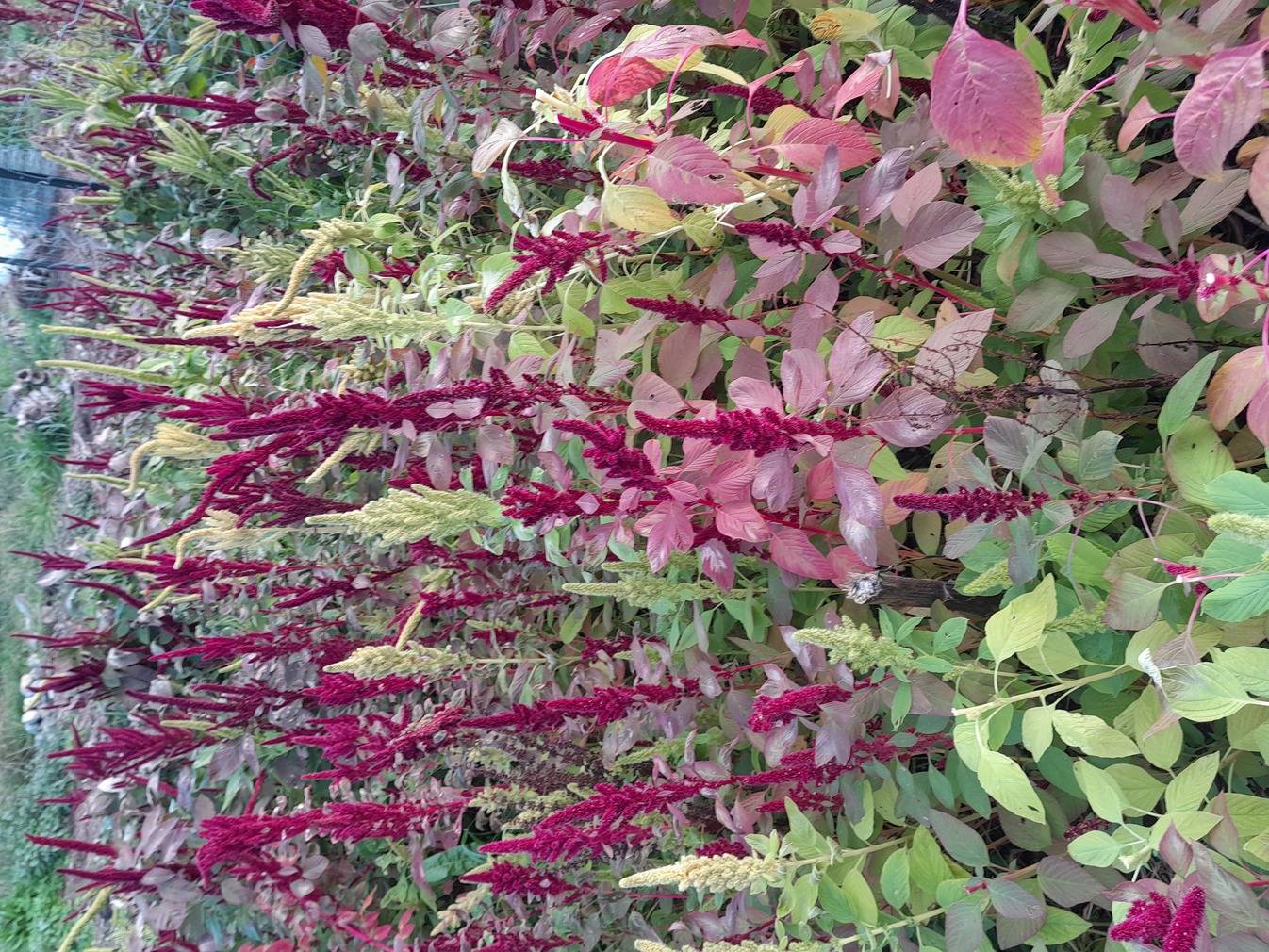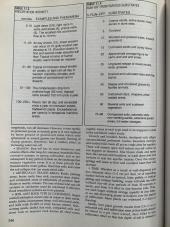I'm a convert to the power of roots to do the work. Anything that puts out a lot of growth above ground is also doing a similar thing below the surface.
Here is an example of how I rehabilitated a patch of low-lying ground that was already prone to waterlogging. In June of 2021 it was wet and a dump truck drove across it several times, destroying the grass cover and churning the silt loam into compacted, anaerobic muck. When I stuck a fork into it there was a bluish grey pan just a couple of cm down, a dearth of worms, and it smelled bad (like rotten eggs bad).
Here is how it looked shortly after, as I started layering biochar and stump grindings on top to get the process going:

I hoped to see some emergence from the seed bank once I penned the chickens back up, but even by mid-spring it was still pretty barren. Around the end of December I sowed corn, sunflowers, and amaranth and put another light layer of ramial mulch on top. Here is how it looked in early Feb:

After harvesting the corn and sunflowers in autumn, I pretty much left it alone. Our regional regenerative farming group met at our place in May and we looked at the soil in this patch. The blue-grey layer was gone, and so was the smell. The structure was improving and worms were flourishing in the places we sunk the spade.
The amaranth just kept going, and was still flowering well into winter. Here's early June:

We had an excessively wet winter. And spring. And summer. But in spite of that, even though this is the lowest point on the farm, surface flooding was minor and brief. In past years, this area would see standing water for days on end after winter storms.
One surprise for me so far is that none of the amaranth came back this summer. I thought with that abundant seed crop that I'd at least see a few flushes of seedlings. But the legacy of those root systems will pay dividends for years as long as I don't bring any more dump trucks on the land.

 6
6




 6
6




 6
6




 6
6





 5
5











 5
5







 3
3











 2
2




 2
2




 1
1




 1
1






















